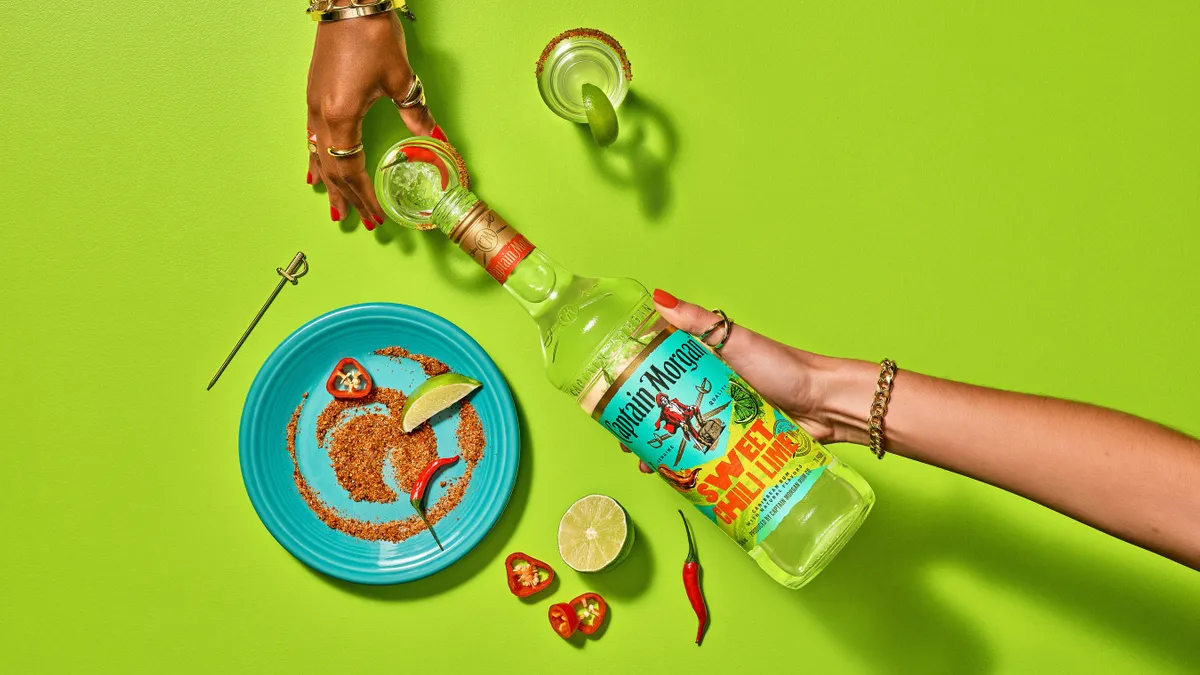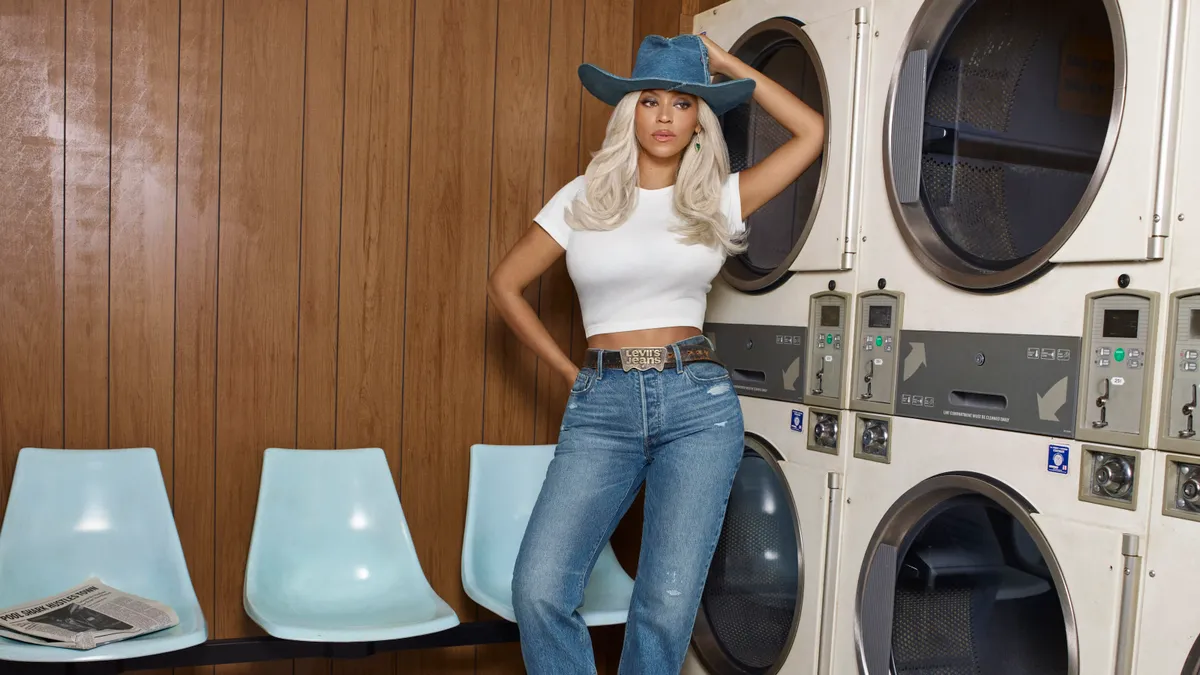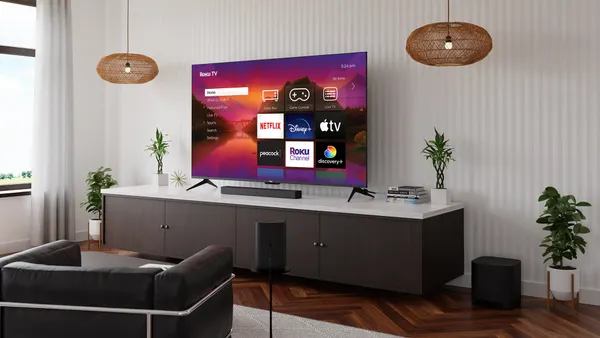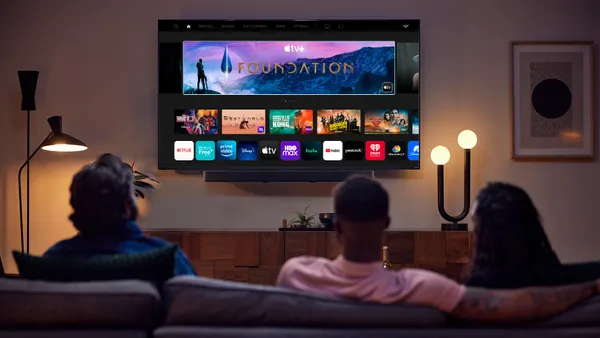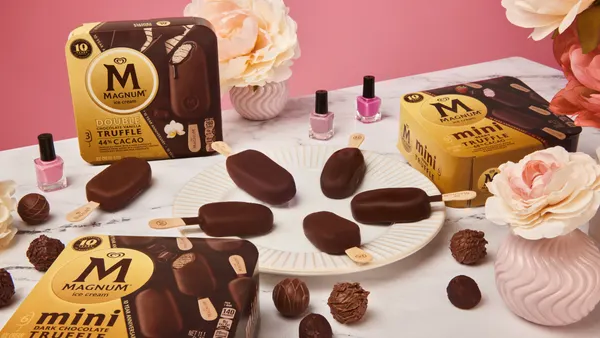The publishing world still isn’t quite in agreement on how native advertising should be handled, and has proven to be a fine line to walk. On one hand publishers need the ad to look like the content around it, while still making it clear enough to the reader that it’s sponsored content.
The popularity of social sites and other digital distribution methods only complicates the issue further. Most publishers are still evolving their native ads to keep a steady balance of transparency and effectiveness with labeling and appearance.
See how these five publishers deal with native ad labeling for their publications.
1. New York Times
The New York Times has made a few headlines of its own lately surrounding its approach to native ads. A lot of attention was placed on the big-scale, Snowfall-like native ad they ran for the Netflix series “Orange is the New Black.” The piece was so well put together that it even received positive acclaim from journalists – not just marketers.
The Times received some attention again when it decided to revamp its labeling on other types of sponsored posts. When the publication ran its first native ads earlier this year, it wanted to draw a clear line between traditional editorial and native ads. Draw a line it did – in the form of a thick blue border around all sponsored posts. In the recent updates, the Times dropped the blue border and changed the labeling from brand specific titles like “Paid for and Posted by Dell” for the simpler “Paid Post.” The idea behind the cleaner design is to not drive readers away before they are given the chance to decide if the content is valuable.
2. Forbes
Forbes received some backlash from the industry and even started a debate of whether native content should run right alongside editorial when it launched the BrandVoice platform in 2010. But by 2012, Forbes was already boasting its best financial performance in five years, largely in part to the introduction of BrandVoice.
BrandVoice allows for companies and brands to post articles as if they are Forbes journalists. Readers can follow brands in the same fashion that they can follow certain headline topics or editorial writers. To differentiate the sponsored posts from the editorial, Forbes includes a logo of the brand with each piece and a small disclaimer reading “ForbesBrandVoice: Connecting marketers to the Forbes audience,” with an option to click “What’s this?” Other than those differentiators, the sponsored posts mirror editorial almost exactly.
3. BuzzFeed
Although the subject matter of BuzzFeed’s articles is often silly, the publisher is quite serious when it comes to developing the best way to present and distribute branded content. Because of its crazy success in developing posts that go super-viral, BuzzFeed has become a publisher the rest look up to when decided how to approach native ads.
A big secret to BuzzFeed’s success is its ability to tap into social distribution methods by developing content that is very clickable. On top of the content focus, BuzzFeed is also continually changing how it presents the posts that are sponsored. Initially, each post was labeled with the yellow highlighted phrase “Presented by.” Recently BuzzFeed opted to change up the labeling by switching “Presented by” to “Promoted by” or “Brand publisher” instead. The yellow highlighting has also been dropped – a practice the publisher picked up to mimic Google search ads. Now the “brand publishers” appear in the byline where a typical author name would be.
4. Quartz
Digital business publication Quartz has discovered that the more transparent to readers that content is sponsored, the better. For Quartz it is not only important to show who is paying for the post, but also who created it.
Quartz president and publisher Jay Lauf explains that it’s not just an ethical issue for the publication, “…we’ve found the clearer the labeling on the content the better it performs,” Lauf told the Wall Street Journal in a piece on the issue. The publication marks the sponsored posts clearly at the top and along the left side navigation bar.
5. Wall Street Journal
WSJ has gone in the direction of being completely transparent and obvious when content is coming from a sponsor. As demonstrated on the brand page sponsored by Deloitte, there is a lime green border and an explanation that WSJ did not create the content on the page. Like Quartz, WSJ believes in explaining who wrote the content – not just that the content was sponsored.
With well-respected publications like the New York Times and the Wall Street Journal jumping into native advertising, it’s clear the medium has validity now. Like the Times, the Wall Street Journal has to be extra careful in managing the labeling and content of what it chooses to run as sponsored content or it risks tarnishing its reputation. But many publications, especially print-focused ones, are still struggling, so new ad options are necessary to stay afloat.


